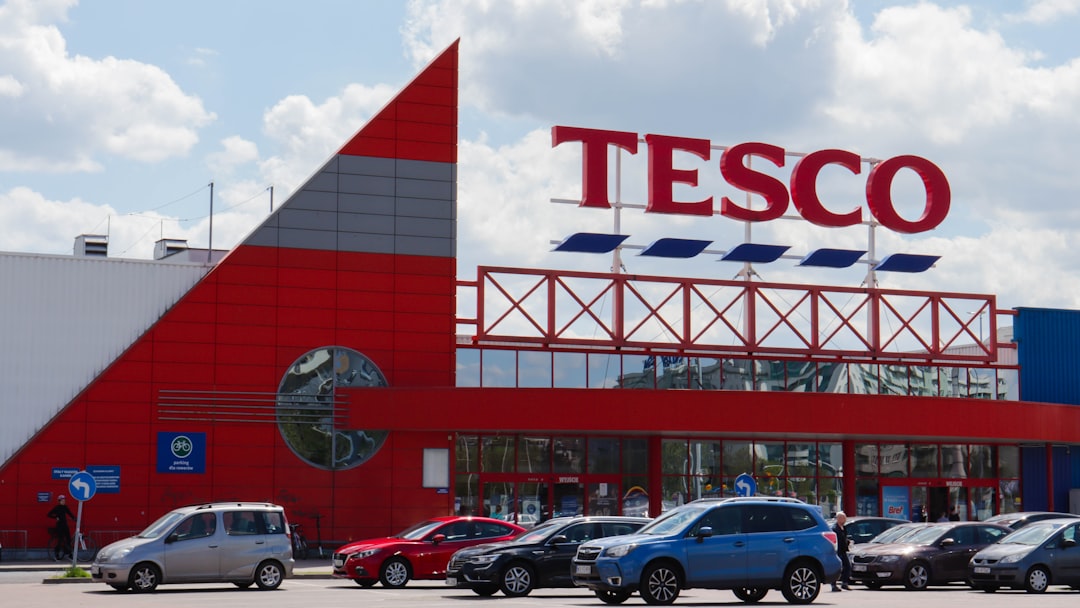Hypermarket vs. Supermarket
What's the Difference?
Hypermarkets and supermarkets are both large retail stores that offer a wide range of products, but there are some key differences between the two. Hypermarkets are typically much larger than supermarkets, often spanning several thousand square meters, and they offer a more extensive selection of goods. In addition to groceries, hypermarkets often sell clothing, electronics, household items, and even furniture. Supermarkets, on the other hand, are generally smaller in size and focus primarily on selling food and household essentials. While both hypermarkets and supermarkets provide convenience and variety, hypermarkets tend to be a one-stop-shop for all consumer needs, while supermarkets are more specialized in their offerings.
Comparison

| Attribute | Hypermarket | Supermarket |
|---|---|---|
| Size | Large | Small to Medium |
| Product Range | Extensive | Limited |
| Number of Departments | Many | Few |
| Price | Competitive | Varies |
| Discounts | Frequent | Occasional |
| Layout | Spacious | Compact |
| Services | Additional services like banking, pharmacy, etc. | Basic services |
| Target Customers | Wide range of customers | Local community |

Further Detail
Introduction
When it comes to shopping for groceries and household items, consumers have a variety of options to choose from. Two popular choices are hypermarkets and supermarkets. While both offer a wide range of products under one roof, there are distinct differences between the two. In this article, we will explore the attributes of hypermarkets and supermarkets, highlighting their unique features and benefits.
Product Range
One of the key differences between hypermarkets and supermarkets lies in their product range. Hypermarkets are known for their extensive selection of goods, offering everything from groceries and fresh produce to electronics, clothing, and even furniture. They are often referred to as "one-stop shops" due to their ability to cater to various needs. On the other hand, supermarkets typically focus on groceries and household essentials, providing a narrower range of products compared to hypermarkets.
Store Size
Another significant distinction between hypermarkets and supermarkets is their store size. Hypermarkets are typically much larger than supermarkets, often spanning several thousand square meters. This larger size allows hypermarkets to accommodate a broader range of products and provide spacious aisles for customers to navigate. In contrast, supermarkets are generally smaller in size, making them more convenient for quick and focused shopping trips.
Pricing and Discounts
When it comes to pricing and discounts, both hypermarkets and supermarkets strive to offer competitive prices to attract customers. However, hypermarkets often have an advantage in this area due to their larger scale and ability to negotiate better deals with suppliers. They can leverage their purchasing power to offer lower prices and attractive discounts on a wide range of products. Supermarkets, while still offering competitive prices, may not always have the same level of discounts as hypermarkets due to their smaller size and purchasing capabilities.
Shopping Experience
The shopping experience in hypermarkets and supermarkets can also differ significantly. Hypermarkets tend to provide a more immersive and diverse experience for shoppers. With their vast product range and spacious layout, customers can spend hours exploring different sections and discovering new items. Hypermarkets often have additional amenities such as food courts, entertainment areas, and even play zones for children, making it a destination for families. On the other hand, supermarkets offer a more focused and efficient shopping experience, catering to customers who prefer a quick in-and-out trip without distractions.
Customer Service
Customer service is an essential aspect of any retail establishment, and both hypermarkets and supermarkets recognize its significance. However, due to their larger size and diverse offerings, hypermarkets may face challenges in providing personalized customer service to every individual. While they still have dedicated staff available to assist customers, the sheer scale of hypermarkets can sometimes result in a less intimate shopping experience. Supermarkets, being smaller in size, often have a more hands-on approach to customer service, with staff readily available to answer questions and provide assistance.
Convenience and Accessibility
Convenience and accessibility are crucial factors for consumers when choosing where to shop. Hypermarkets, with their larger size and extensive product range, are often located on the outskirts of cities or in suburban areas where land is more readily available. This can make them less accessible for individuals who rely on public transportation or live in urban areas. Supermarkets, on the other hand, are typically more conveniently located within residential neighborhoods or city centers, making them easily accessible for a wider range of customers.
Conclusion
Hypermarkets and supermarkets both have their unique attributes and cater to different consumer needs. Hypermarkets offer a vast product range, spacious shopping experience, and competitive pricing, making them ideal for customers looking for a one-stop shopping destination. Supermarkets, on the other hand, provide a more focused and convenient shopping experience, with a narrower product range but greater accessibility. Ultimately, the choice between a hypermarket and a supermarket depends on individual preferences, shopping habits, and the specific needs of each customer.
Comparisons may contain inaccurate information about people, places, or facts. Please report any issues.